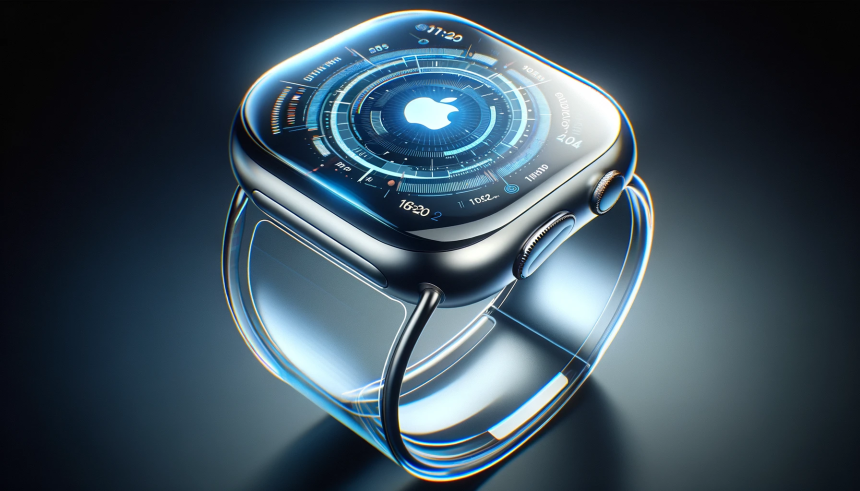Apple continues to refine privacy options on its devices, targeting how information appears on the Apple Watch. Smartwatches hold significant personal data, and safeguarding visibility has become increasingly important among users. A recent discovery in watchOS 26 settings highlights an option that conceals complication data from the lock screen, offering further protection for sensitive information. Apple has not officially commented on the timing or rollout, but the update sparks interest among privacy-conscious customers. Security experts note that features like this respond to evolving consumer expectations for better personal data management on wearables.
Previous updates to watchOS have focused largely on new health metrics, interface personalization, or expanded third-party app support. Until now, privacy upgrades for lock-screen information have rarely been prioritized, often centered around notification previews rather than the complication system itself. Earlier versions did allow users to manage screenshots and notification content, but did not address the potential for data exposure through complications on the locked device. The emerging details about watchOS 26 mark a shift in Apple’s approach to on-device privacy controls for the Apple Watch line.
How Will the New Setting Work?
The setting, when enabled, keeps information within complications hidden until the watch is unlocked by the user. As a result, summaries of sensitive data—such as calendar events, health stats, or financial updates—remain obscured unless the device authenticates the wearer. This measure can prevent inadvertent exposure if the watch is lost or handled by someone else. For many users and organizations concerned about privacy, this function aims to reduce the risk of data leakage from everyday wearable usage.
Which Products Are Affected by the Update?
The feature has been spotted in watchOS 26, an upcoming software version expected to support recent Apple Watch models such as the Apple Watch Series 9 and Apple Watch Ultra 2. The enhancement is not retroactive to older software versions, making it necessary to update to the latest operating system when it becomes available. The broader implications may also serve as a template for similar privacy tools in future hardware and software from Apple.
What Does This Mean for Apple Watch Users?
For users who rely on complications for at-a-glance updates, the extra privacy step could strike a balance between convenience and security. There may be minor inconveniences for those who value instant visibility, but the trade-off is an added layer of personal information protection. Apple’s effort to let users decide when and how data appears echoes a wider trend across its platforms, aiming to empower individuals over their own digital footprint.
A product manager said,
The new complication privacy setting gives people more control over what shows up when their wrist is locked.
Security analysts observe that as smartwatches become more widespread, hiding sensitive data by default can help deter casual snooping as well as opportunistic theft.
Recent moves by Apple suggest a deliberate pivot towards making privacy settings more granular and user-friendly on its devices. The company has already emphasized features like Mail Privacy Protection and App Tracking Transparency on iPhone, and now extends similar principles to wearables. From a customer’s perspective, the power to control complication visibility supports flexible device management, especially for users who integrate the Apple Watch into workplace or travel routines. As the need for robust privacy on wearables grows, dedicated settings like those in watchOS 26 could set a precedent for the next phase of personal technology security. Anyone considering watchOS 26 should monitor updates for changes that align with their privacy expectations. Familiarizing oneself with device settings can help tailor the watch’s functionality while minimizing risks related to personal data displayed on a locked screen.










